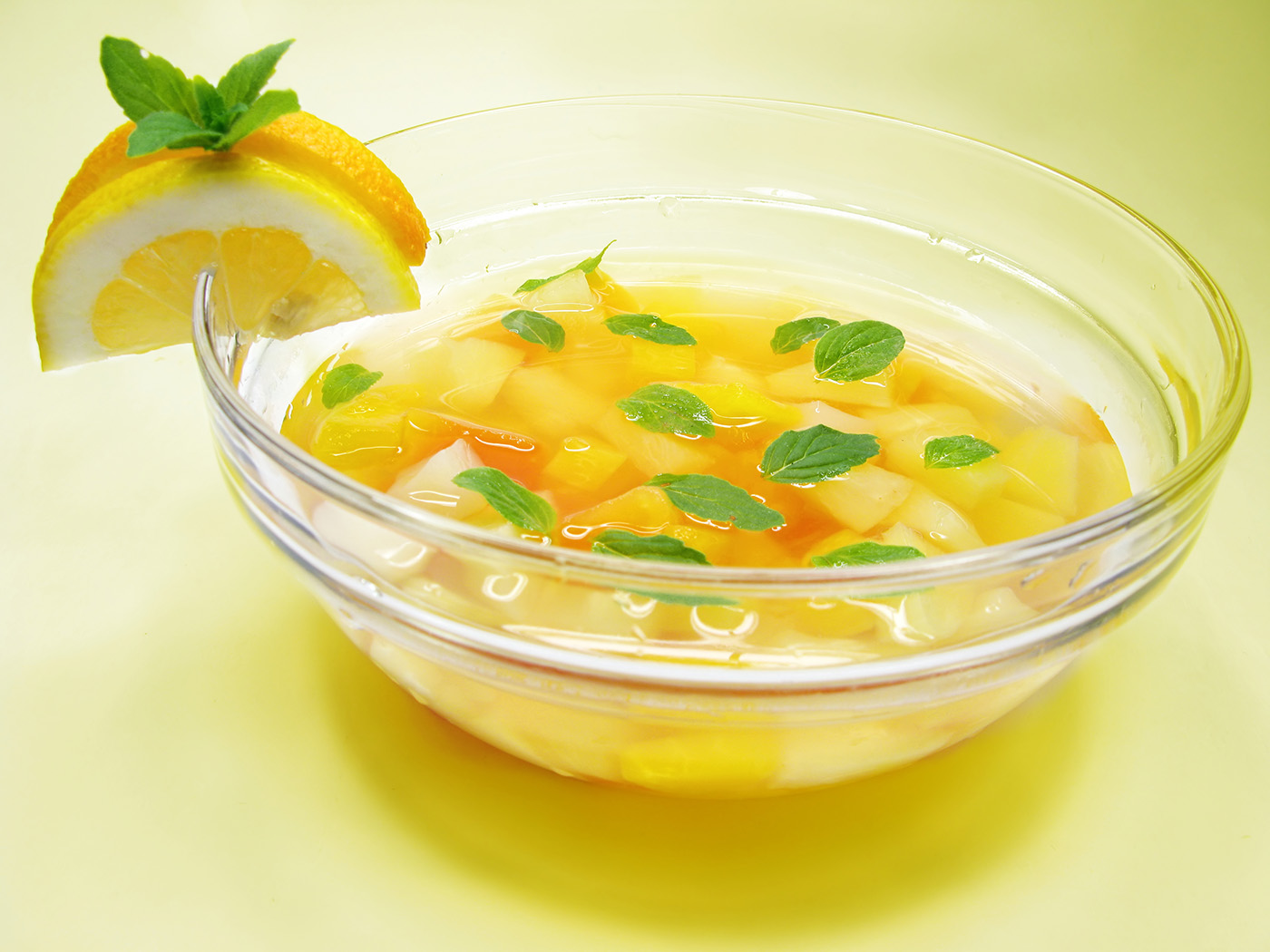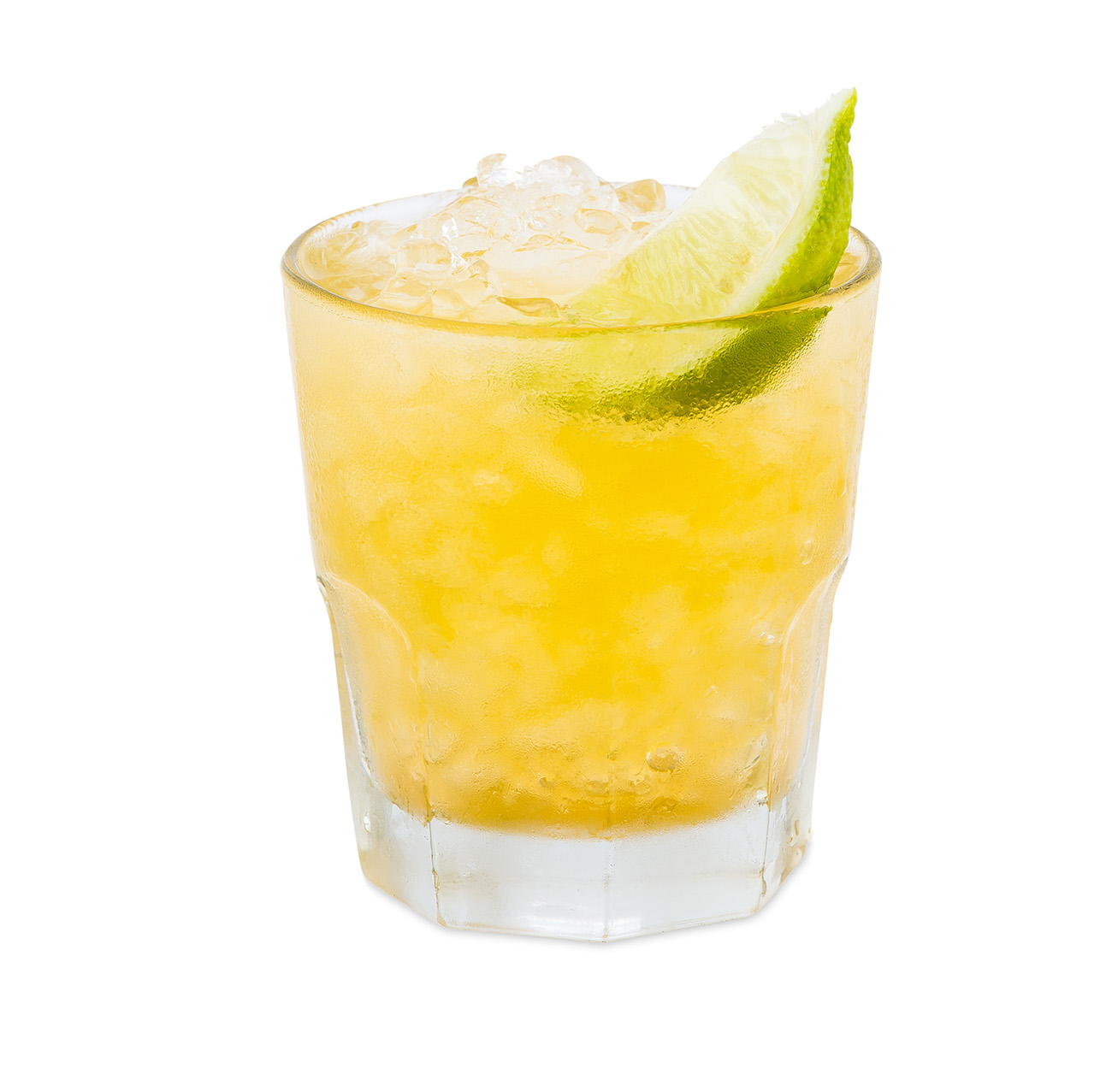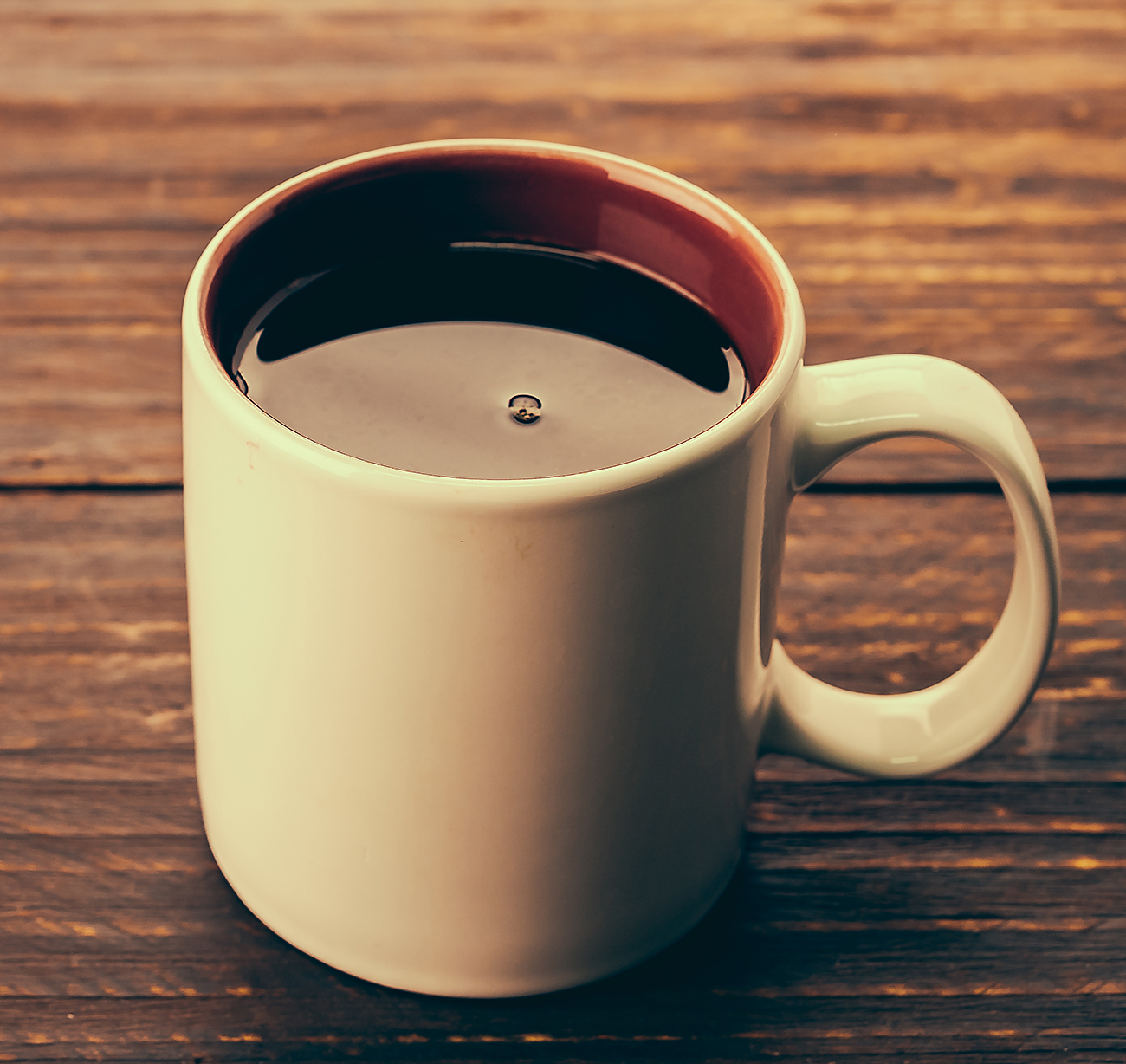Booli
Booli is a typical refresher throughout the Baltic region, including Estonia. Its name derives from the Old English word bolle and originally alluded to the traditional container in which the booli was placed; nowadays, it refers to the drink itself. This mixed drink is more typical at parties than at bars. It peaked in popularity around the 1970s, although is still served as a refreshment at social functions today. Typically combining fresh fruit with wine and brandy, booli has countless variations exist. This particular recipe blends Champagne, brandy, pineapples, and oranges to form a delicious šampanjabool (Champagne bowl), although drinkers may easily deviate from these ingredients to create another flavored booli if desired. Refreshing, sweet, and effervescent, booli gives a party a festive Estonian touch.
Ingredients:
- 2 bottles Champagne
- 3 ½ oz sherry
- 3 ½ oz brandy
- 1 ¾ Cointreau
- 4 tbsp honey
- ½ pineapple
- 2 oranges
Directions:
Cut the pineapple into chunks, and slice the oranges. Transfer the fruit to a large bowl and add the honey, sherry, brandy, and Cointreau. Stir well, and refrigerate for two hours. Immediately before serving, pour in the Champagne. Add ice to chill, if desired.
Jõululiköör
Homemade liqueurs, the making of which was once an outdated Estonian pastime, are making a comeback in the Baltic country. Typical infusions include locally grown herbs and berries, while adventurous drinkers have been known to experiment with rowanberry, sea-buckthorn berry, and spruce tips. At Christmastime, some Estonians like to give these homemade liqueurs as gifts to friends and family, and the recipe below is specifically intended for that purpose. Sweet and boozy, jõululiköör is an excellent way for one to either give or drink the local flavors of Estonia.
Ingredients:
- 17 oz Viru Valge vodka
- 1 cup fresh berries
- ¾ cup sugar
Directions:
In a three-liter jar with and airtight lid, layer the berries and the sugar. Fill the jar to the brim with vodka, and seal tightly. Shake well until the sugar is dissolved. Leave in a cool, dark place for two weeks. Open the jar, and strain the liquid into a sealable bottle. Discard the remaining fruit. To serve, pour in lowball glasses over ice, use in cocktails, or give as a unique gift.
Kalevipoeg
Estonians are known for being heavy drinkers, especially with regard to vodka. The liquor even holds a spot in traditional folk medicine, such as one interesting remedy that calls for an individual to soak her socks in vodka before putting them on; even today, some Estonians swear by these “vodka socks.” Locally-produced Viru Valge is considered the most popular vodka in the country, although there is no shortage of other Estonian and Russian brands. Many Estonians drink their vodka straight rather than mixing it, however there are a few traditional vodka-based cocktails, such as kalevipoeg, a dessert drink that is heavy on the booze. Try this Estonian specialty with Viru Valge for extra authenticity—no sock-soaking required.
Ingredients:
- 2 ½ oz Viru Valge vodka
- ½ cup orange juice
- 1 lemon slice
- honey
Directions:
Combine the vodka, juice, lemon, and honey. Mix well, until fully blended. Serve in a lowball glass over ice.
Millimallikas (Jellyfish)
While Tallinn is full of unique and interesting watering holes, Valli Baar is unquestionably in a rank all its own. The bar is placed under protection by the Tallinn Cultural Heritage Department, and attracts both loyal locals and patrons from all corners of the globe with its ’70s décor, great atmosphere, and signature drink—the milimallikas. Not for the faint of heart, this shot is usually chased with orange juice to combat its potency. Adventurous drinkers may wish to serve milimallikas at a party with friends to experience this Tallinner shooter.
Ingredients:
- 1 part Sambuca
- 1 part tequila
- 2 dashes Tabasco sauce
Directions:
Pour the Sambuca into a shot glass. Use a spoon to carefully layer in the tequila. Top with a few dashes of Tabasco.
Vana Tallinn Coffee
Vana Tallinn (Old Tallinn), a robust, rum-based liqueur, is Estonia’s best-known alcoholic beverage and a local favorite. Famous for its dark brown color and distinctive, velvety taste, Vana Tallinn is flavored by hints of citrus, cinnamon, and vanilla. This so-called “Baileys of Estonia” is excellent drunk neat, used as a flavoring in desserts, or added as a complement to coffee. Try it in this popular yet simple coffee recipe to enjoy Estonia’s liquid treasure as the locals do.
Ingredients:
- 1 part Vana Tallinn
- 3 parts hot coffee
- 1 tbsp sugar
Directions:
Pour the Vana Tallinn into a large mug. Top with freshly brewed coffee, and stir in the sugar, if desired.
 Estonia
Estonia 





 Afrikaans
Afrikaans Albanian
Albanian Amharic
Amharic Arabic
Arabic Armenian
Armenian Azerbaijani
Azerbaijani Basque
Basque Belarusian
Belarusian Bengali
Bengali Bosnian
Bosnian Bulgarian
Bulgarian Catalan
Catalan Cebuano
Cebuano Chichewa
Chichewa Chinese (Simplified)
Chinese (Simplified) Chinese (Traditional)
Chinese (Traditional) Corsican
Corsican Croatian
Croatian Czech
Czech Danish
Danish Dutch
Dutch Esperanto
Esperanto Estonian
Estonian Filipino
Filipino Finnish
Finnish French
French Frisian
Frisian Galician
Galician Georgian
Georgian German
German Greek
Greek Gujarati
Gujarati Haitian Creole
Haitian Creole Hausa
Hausa Hawaiian
Hawaiian Hebrew
Hebrew Hindi
Hindi Hmong
Hmong Hungarian
Hungarian Icelandic
Icelandic Igbo
Igbo Indonesian
Indonesian Irish
Irish Italian
Italian Japanese
Japanese Javanese
Javanese Kannada
Kannada Kazakh
Kazakh Khmer
Khmer Korean
Korean Kurdish (Kurmanji)
Kurdish (Kurmanji) Kyrgyz
Kyrgyz Lao
Lao Latin
Latin Latvian
Latvian Lithuanian
Lithuanian Luxembourgish
Luxembourgish Macedonian
Macedonian Malagasy
Malagasy Malay
Malay Malayalam
Malayalam Maltese
Maltese Maori
Maori Marathi
Marathi Mongolian
Mongolian Myanmar (Burmese)
Myanmar (Burmese) Nepali
Nepali Norwegian
Norwegian Pashto
Pashto Persian
Persian Polish
Polish Portuguese
Portuguese Punjabi
Punjabi Romanian
Romanian Russian
Russian Samoan
Samoan Scottish Gaelic
Scottish Gaelic Serbian
Serbian Sesotho
Sesotho Shona
Shona Sindhi
Sindhi Sinhala
Sinhala Slovak
Slovak Slovenian
Slovenian Somali
Somali Spanish
Spanish Sundanese
Sundanese Swahili
Swahili Swedish
Swedish Tajik
Tajik Tamil
Tamil Telugu
Telugu Thai
Thai Turkish
Turkish Ukrainian
Ukrainian Urdu
Urdu Uzbek
Uzbek Vietnamese
Vietnamese Welsh
Welsh Xhosa
Xhosa Yiddish
Yiddish Yoruba
Yoruba Zulu
Zulu